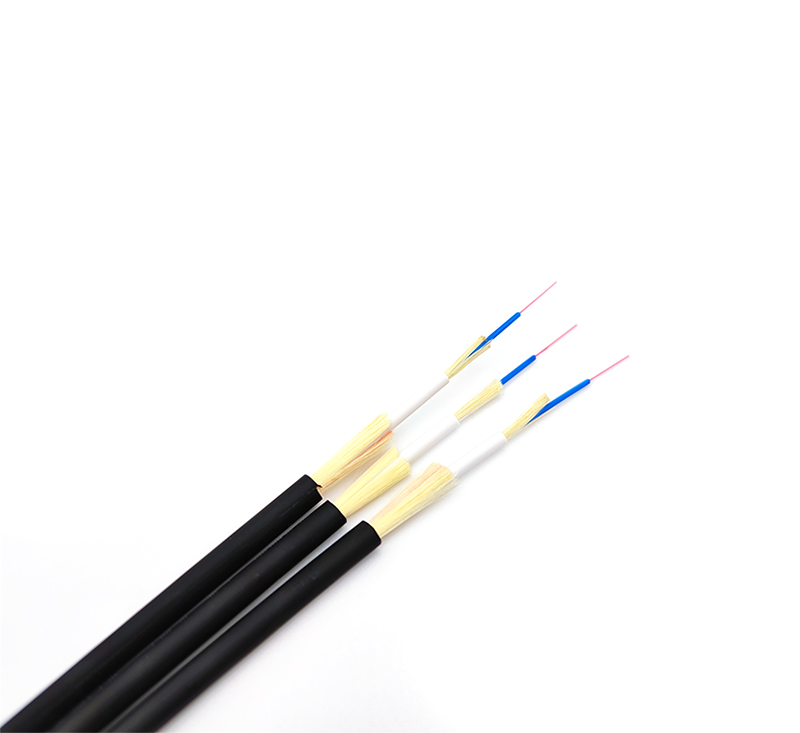At present, there are three main types of transmission media used to transmit image signals in monitoring systems: coaxial cable, twisted pair, and optical fiber. These three transmission media are different and have their own advantages and disadvantages. Among them, the optical fiber has long transmission distance, high speed and large bandwidth, and is most suitable for long-distance transmission.
Compared with coaxial cable, optical fiber has obvious advantages. Optical fiber has long transmission distance, high speed, large bandwidth, low attenuation, and the best anti-interference performance, suitable for long distance and large
Video transmission, such as road intersection monitoring, etc. The farthest can even reach more than tens of hundreds of kilometers. It is transmitted in the optical fiber by converting the video and control signals into optical signals.
Compared with optical fibers, coaxial cables are not without advantages. Coaxial cables are generally cheaper and more convenient to lay. Therefore, generally in a small-scale monitoring system, because the transmission distance is very short, the use of coaxial cable to directly transmit the monitoring image does little damage to the image quality, which can meet the actual requirements. However, according to the analysis of the characteristics of the coaxial cable itself, the attenuation of the signal when it is transmitted in the coaxial cable is related to the transmission distance and the frequency of the signal itself. In general, the higher the signal frequency, the greater the attenuation.

In addition, the transmission distance of twisted pair cables is much longer than that of coaxial cables, up to 2400 meters. Twisted pair is cheap and easy to access, and the anti-interference ability is also good. However, the anti-aging ability of the twisted pair material is weak, and only one image can be transmitted at a time. It is more suitable for medium and short distances, where the camera points are relatively scattered and not many or the points are close but concentrated.
Therefore, at present, when solving long-distance transmission, optical fiber is the best choice. Optical fiber transmission equipment is mainly video optical transceiver and fiber transceiver. Video optical transceiver is mainly used in the signal transmission of analog cameras. It has small signal loss, low noise and distortion, high transmission quality, and is suitable for long-distance transmission. The optical fiber transceiver is suitable for the signal transmission of the network camera, and it also has the advantages of long transmission distance, low loss and strong anti-interference ability of the video optical transceiver. Using fiber optic switches, PoE technology can also be used to supply power to the front-end cameras, reducing the workload of integrated wiring.










